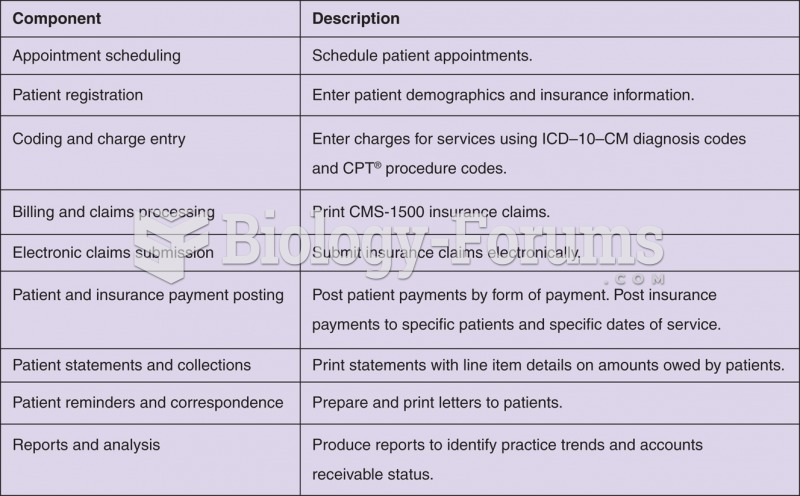Answer to Question 1
A Kitchen Display System may consist of graphical order display screens, bump bars, speed of service displays, and a server paging system. When kitchen orders are placed by the server in the POS system, as shown in Figure 8.8, the menu items requested are displayed on an order display screen, as shown in Figure 8.9, for the cook responsible for preparing that item. Simultaneously, the speed-of-service screen displays the table that the order is for and initiates a timer which is also displayed. As each cook who is preparing an item for the table completes the item he confirms completion by bumping the item from his or her order display screen. When all items for the table have been bumped the table begins to flash on the speed of service screen. The timer stops, and the server is paged through the server paging system. Additionally, a paper ticket may print at this time, to be used by an expediter or food runner to tray the items and deliver to the table. When the food order leaves the kitchen, the server, expeditor, or food runner bumps the item from the speed of service screen. The system alerts the server and the manager of orders which are taking too long to be prepared so that corrective action can be taken and the guest appropriately communicated with. The speed of service screen displays the number of orders in the kitchen, how long each order has been in the kitchen,
and which orders are prepared and awaiting deliveries to the guest.
Answer to Question 2
After the host orders the wine it should be presented to them by showing them the label. The server should then recite the name, vintage, producer, classification, and type of wine for their approval. The bottle is then opened and served to the host first by pouring about 1 ounce for tasting. Once the host has approved the wine, it is poured for other guests, filling each glass half way full, beginning with the female guests, then male guests, with
the host being served last. If the wine has been selected prior to the meal, as in the case of a banquet, serve the wine just before the main course. If more than one wine is served, serve the appropriate wine just before its designated course. Refer to Chapter 6 for additional information about serving wines and wine temperatures.







